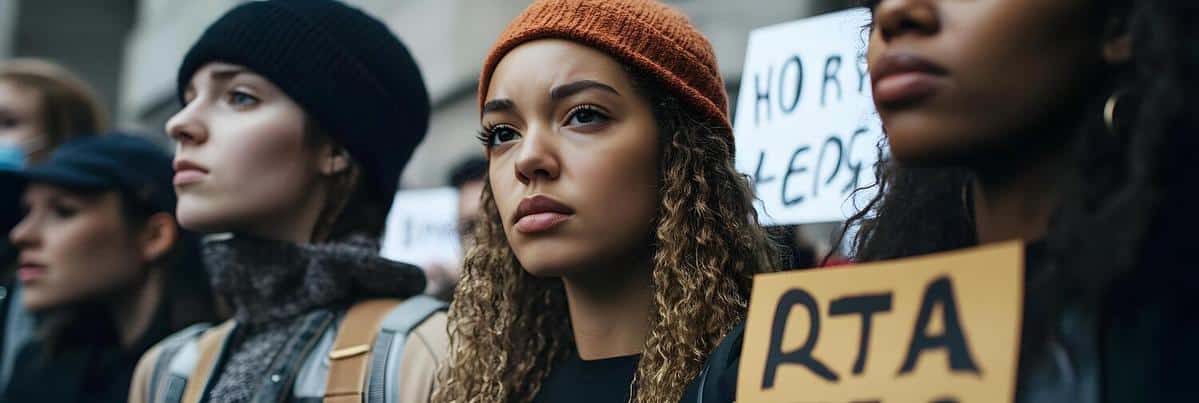
Combatting Human Trafficking: Progress and Setbacks
Human trafficking is a global issue that continues to challenge societies worldwide, involving the exploitation of individuals through force, fraud, or coercion for various forms of labor or sexual exploitation.
The fight against human trafficking is multifaceted, requiring a comprehensive approach that addresses the root causes, supports victims, and prosecutes traffickers. While significant progress has been made, numerous setbacks highlight the complexity and persistence of this issue.
Understanding the Scope of Human Trafficking
Human trafficking affects millions globally, with estimates suggesting that over 24.9 million people are trapped in forced labor or sexual exploitation. The International Labour Organization highlights that women and girls represent a significant portion of this number, accounting for 71% of victims.
Expert Insights
According to Kevin Bales, a renowned human rights activist, “Trafficking is a hidden crime that preys on the vulnerable and thrives in the shadows.” This underscores the importance of awareness and vigilance in combatting this issue.
Progress Made in Combatting Human Trafficking
International cooperation has led to increased awareness and legislative frameworks like the United Nations Protocol to Prevent, Suppress and Punish Trafficking in Persons. Many countries now have national action plans and dedicated anti-trafficking units.
Anecdotes of Change
Consider the story of Maria, a survivor who now advocates for other victims. Her journey from exploitation to empowerment exemplifies the impact of support systems and rehabilitation programs.
Challenges and Setbacks
Despite progress, challenges remain. Corruption, inadequate victim support, and insufficient law enforcement training impede efforts. Traffickers adapt quickly, exploiting legal loopholes and using technology to evade detection.
Relevant Statistics
A 2020 report by the United Nations Office on Drugs and Crime revealed that only 39% of countries reported a conviction for trafficking-related crimes, highlighting enforcement gaps.
Actionable Steps to Combat Human Trafficking
- Support organizations working on the ground to provide aid to victims.
- Educate yourself and others about the signs of trafficking.
- Advocate for stronger laws and enforcement mechanisms.
Resources for Further Information
| Resource | Description | Link |
|---|---|---|
| UNODC | United Nations Office on Drugs and Crime | UNODC |
| Polaris | Non-profit organization focused on human trafficking | Polaris Project |
| IJM | International Justice Mission | IJM |
| End Slavery Now | Educational resources and advocacy tools | End Slavery Now |
| Human Trafficking Hotline | 24/7 confidential support | Human Trafficking Hotline |
| Freedom Fund | Global initiative to end modern slavery | Freedom Fund |
| Not For Sale | Fighting modern slavery through social enterprises | Not For Sale |
| A21 | Global anti-human trafficking organization | A21 |
Frequently Asked Questions
What is human trafficking?
Human trafficking involves the use of force, fraud, or coercion to exploit individuals for labor or sexual purposes.
How can I help combat human trafficking?
You can help by educating yourself, supporting anti-trafficking organizations, and advocating for stronger laws.
What are signs of human trafficking?
Signs include restricted freedom, signs of physical abuse, isolation, and fear of authorities.
Conclusion
Efforts to combat human trafficking require persistence, collaboration, and a commitment to human rights. By staying informed and involved, each of us can contribute to this global fight and help protect vulnerable individuals from exploitation.